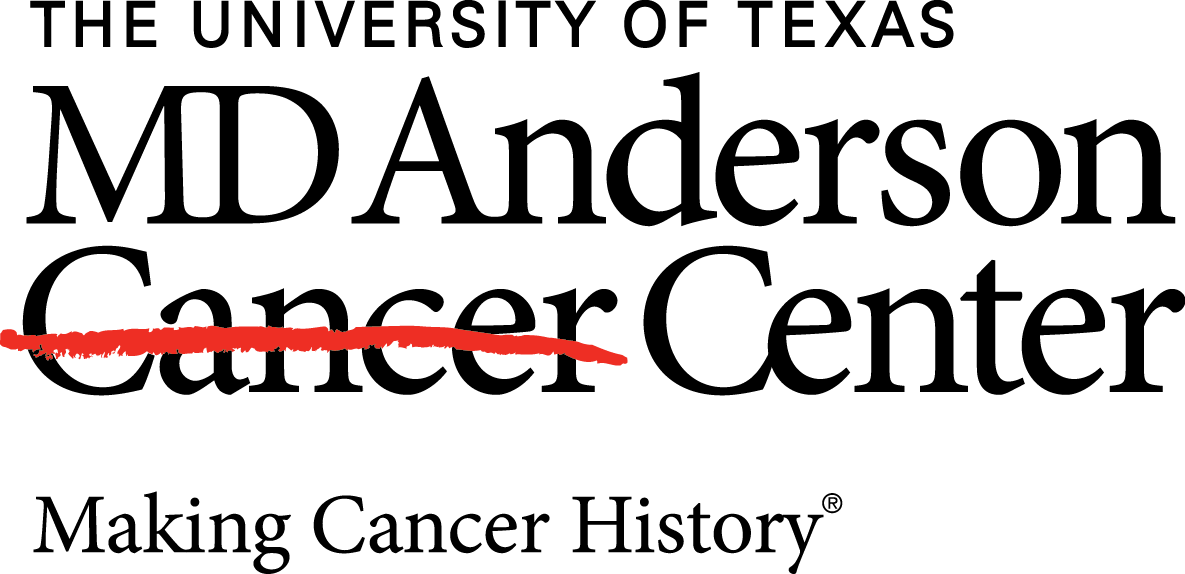- Advertise
- About OncLive
- Editorial Board
- MJH Life Sciences brands
- Contact Us
- Privacy
- Terms & Conditions
- Do Not Sell My Information
2 Clarke Drive
Suite 100
Cranbury, NJ 08512
© 2025 MJH Life Sciences™ and OncLive - Clinical Oncology News, Cancer Expert Insights. All rights reserved.
Dr Ignatz-Hoover on the Evolving Use of Blinatumomab in ALL
James Ignatz-Hoover, MD, PhD, discusses the implications of utilizing blinatumomab to treat acute lymphoblastic leukemia.
James Ignatz-Hoover, MD, PhD, hematologist/oncologist, University Hospitals Seidman Cancer Center, discusses the implications of utilizing blinatumomab (Blincyto) for the treatment of patients with acute lymphoblastic leukemia (ALL).
The development of blinatumumab has revolutionized the use of bispecific antibodies and changed approaches to disease management in ALL, Ignatz-Hoover begins. Blinatumomab was initially utilized as a bridge to transplant for patients with refractory disease, for whom it significantly improved transplant success rates and overall survival outcomes, he details.
The agent subsequently demonstrated efficacy when used for consolidation in the MRD-positive space. It produced high rates of minimal residual disease (MRD) negativity in B-cell ALL (B-ALL), and led to improvements in progression-free survival among MRD-negative patients, Ignatz-Hoover says. Moreover, blinatumomab followed by consolidation chemotherapy was shown to reduce the risk of death vs standard consolidation chemotherapy alone in adult patients with newly diagnosed MRD-negative B-ALL. The agent is currently approved for the treatment of adult and pediatric patients with CD19-positive B-ALL in first or second complete remission with MRD of at least 0.1% based on data from the single-arm BLAST trial (NCT01207388) and confirmatory phase 3 ECOG-ACRIN E1910 trial (NCT02003222).
Another notable ongoing investigation of blinatumomab in ALL is a phase 2 study (NCT03263572) exploring a chemotherapy-free combination of blinatumomab and the later-generation BCR-ABL1 TKI ponatinib (Iclusig) for patients with Philadelphia chromosome (Ph)–positive disease, Ignatz-Hoover reports. Early results show that approximately 9% of the 60 patients initially treated on the study are on 3 years of treatment. Building upon this success, further investigations are underway, such as a phase 2 study (NCT03147612) of low-dose chemotherapy in combination with ponatinib and blinatumomab for higher-risk patients.
These advancements underscore the transformative impact of blinatumomab on the ALL treatment paradigm and highlight ongoing efforts to develop innovative, effective, and chemotherapy-sparing regimens to optimize outcomes for patients with ALL, particularly those with high-risk disease characteristics, Ignatz-Hoover concludes.


